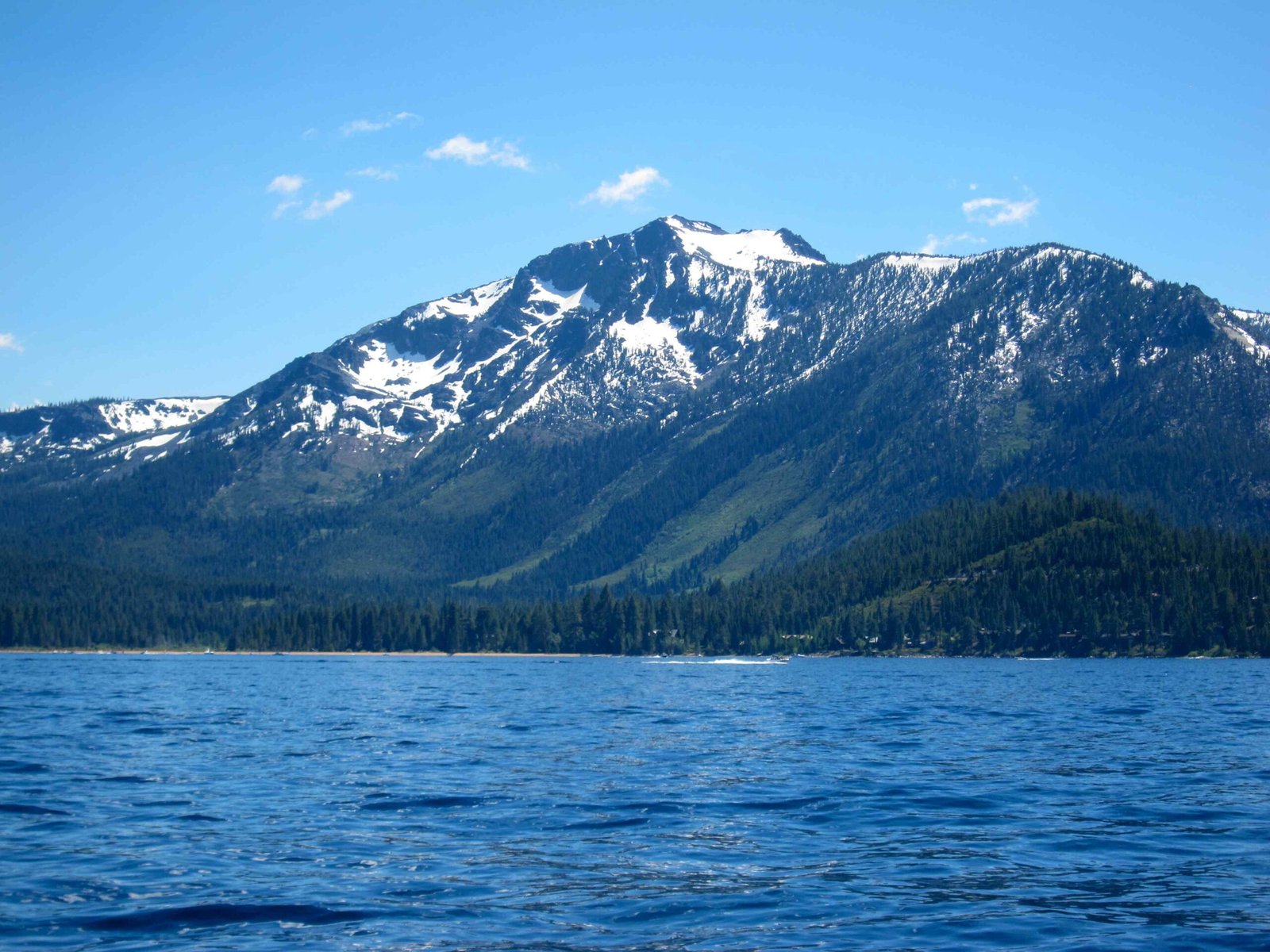Lake Tahoe offers an extraordinary network of hiking trails spanning diverse terrains and breathtaking landscapes. With multiple trails accessible year-round and peak seasons from May to September, hikers can explore everything from lakeside paths to alpine wilderness. This comprehensive guide reveals the most exciting and currently open trails, providing detailed insights into trail conditions, difficulty levels, and unique features for adventurers seeking unforgettable mountain experiences.
What Are the Most Accessible Lake Tahoe Hiking Trails?

Top Open Trails Overview
| Trail Name | Difficulty | Length | Best Season |
|---|---|---|---|
| Rubicon Trail | Moderate | 7.5 miles | Year-round |
| Eagle Lake Trail | Easy | 2 miles | May-September |
| Tahoe Rim Trail | Varied | Multiple segments | Year-round |
| Cascade Falls Trail | Easy | 1.4 miles | Year-round |
| Mt. Rose Trail | Challenging | 10.7 miles | May-September |
Why Choose Lake Tahoe Hiking Trails?
Lake Tahoe hiking trails offer unparalleled diversity, presenting hikers with:
- Stunning panoramic mountain and lake views
- Varied terrain from lakeside paths to alpine landscapes
- Multiple difficulty levels accommodating all skill ranges
- Rich biodiversity and scenic natural environments
- Well-maintained trail systems with clear markings
How to Prepare for Lake Tahoe Hiking Trails?

Essential Preparation Checklist
- Seasonal Considerations
- Check trail conditions before departure
- Pack appropriate layers
-
Verify snow/ice conditions during winter months
-
Required Equipment
- Sturdy hiking boots
- Navigation tools (map/GPS)
- Sufficient water and snacks
- First-aid kit
-
Sun protection
-
Safety Recommendations
- Inform someone about your hiking route
- Carry emergency communication device
- Check weather forecasts
- Understand trail difficulty before starting
What Makes Each Trail Unique?
Trail-Specific Highlights
Rubicon Trail
- Connects D.L. Bliss and Emerald Bay State Parks
- Spectacular lakeside views
- Moderate difficulty
- Best accessed during summer months
Eagle Lake Trail
- Short 2-mile round trip
- Features stunning waterfall views
- Minimal elevation gain
- Ideal for families and beginners
Tahoe Rim Trail
- Circumnavigates entire Lake Tahoe
- Multiple access points
- Varied terrain and difficulty levels
- Offers comprehensive lake perspectives
What Are Current Trail Conditions?
Seasonal Accessibility Insights
Most Lake Tahoe hiking trails remain technically open year-round, but optimal hiking conditions exist between May and September. Winter months may require:
- Advanced snow hiking equipment
- Professional guidance
- Enhanced navigation skills
- Additional safety precautions
How to Navigate Trail Challenges?
Expert Tips for Successful Hiking
- Start early to avoid afternoon heat
- Carry sufficient water and electrolyte supplements
- Use trekking poles for challenging terrains
- Follow Leave No Trace principles
- Respect wildlife and natural environments
Conclusion
Lake Tahoe hiking trails provide extraordinary opportunities for outdoor enthusiasts, offering diverse experiences across stunning landscapes. By understanding trail conditions, preparing adequately, and respecting natural environments, hikers can create memorable mountain adventures.
Recommended Gear List
- Waterproof hiking boots
- Moisture-wicking clothing
- Lightweight backpack
- Hydration system
- Compact first-aid kit
- Portable GPS/navigation device
Trail Difficulty Rating System
| Rating | Description | Recommended Experience Level |
|---|---|---|
| Easy | Flat terrain, short distances | Beginners |
| Moderate | Some elevation, longer distances | Intermediate |
| Challenging | Significant elevation, technical sections | Experienced |
Reference:
– Gabriella Viola – Lake Tahoe Hiking Trails
– Visit Reno Tahoe Trails
– Lake Tahoe Official Tourism Site

